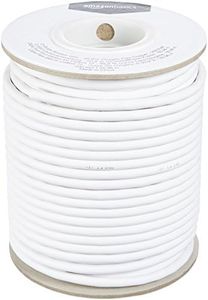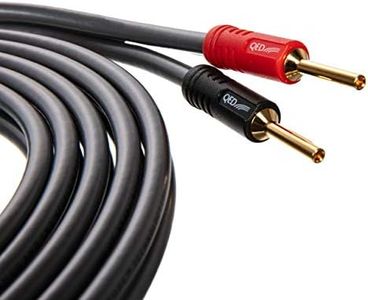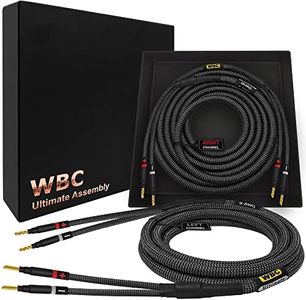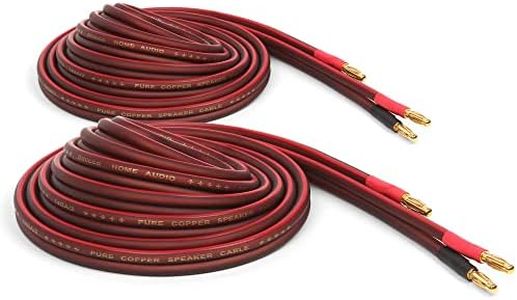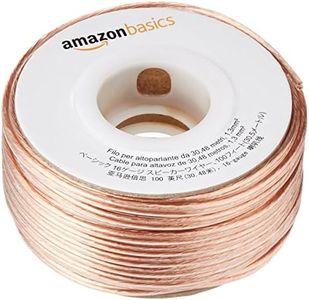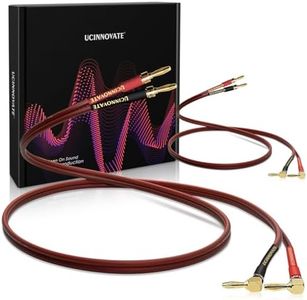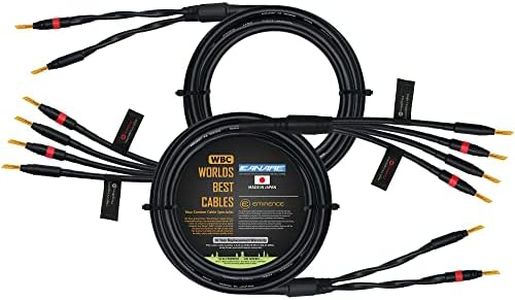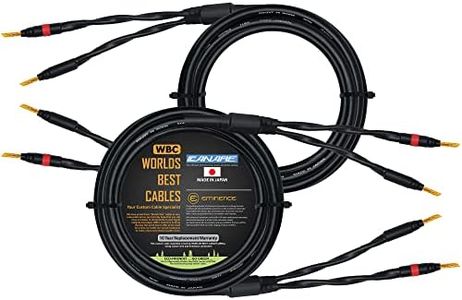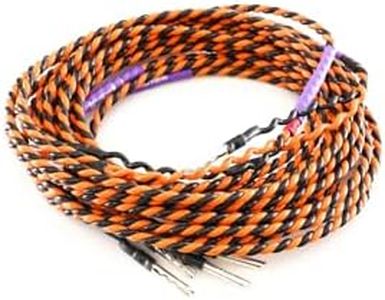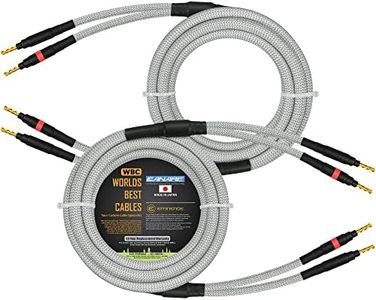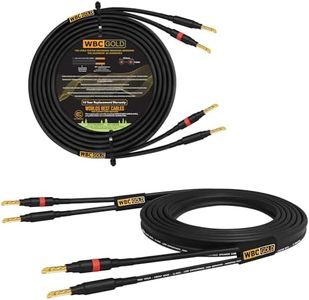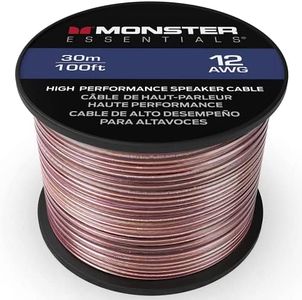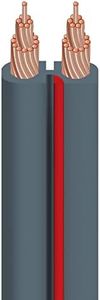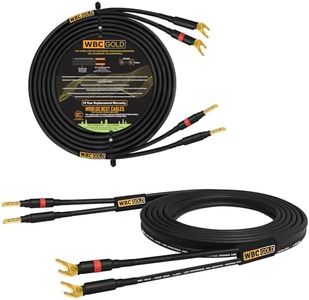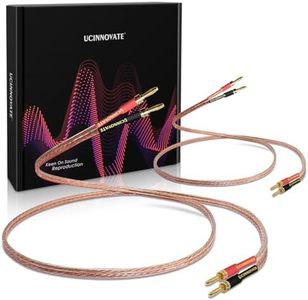We Use CookiesWe use cookies to enhance the security, performance,
functionality and for analytical and promotional activities. By continuing to browse this site you
are agreeing to our privacy policy
10 Best Audiophile Speaker Cables
From leading brands and best sellers available on the web.Buying Guide for the Best Audiophile Speaker Cables
Choosing audiophile speaker cables can seem overwhelming due to all the technical jargon and strong opinions out there. However, what matters most is buying cables that match your equipment, room, and listening habits. Good speaker cables should deliver clear sound without unnecessary signal loss, be durable, and fit well within your setup. Focus on a few key features instead of getting distracted by marketing language or hype. Always consider your speaker placement and amplifier needs before making a decision.Cable Gauge (Thickness)Cable gauge refers to the thickness of the wire and is usually measured by a number (like 12AWG or 16AWG). Thicker cables (lower gauge numbers) allow more electricity to flow with less loss, which is important for long cable runs or if you have powerful amplifiers and demanding speakers. If your speakers are close to your amp, thinner cables (higher gauge like 16AWG) may be fine. For longer runs—over 25 feet or for speakers that need a lot of power—choose thicker cables (12AWG or 14AWG). Choose your cable gauge based on the length you need and your equipment’s power requirements.
MaterialSpeaker cables are most often made from copper, but sometimes you’ll find ones made from silver or with special coatings. Pure copper offers excellent conductivity and is usually the best balance of quality and price. You might see cables marketed as ‘oxygen-free’ copper; this is a high-purity copper that can help a bit with long-term durability but doesn’t make a huge difference in sound for most setups. Silver cables are more expensive and only make a minimal difference in high-end systems. Pick copper cables unless you have a very specific use or requirement.
ConnectorsEnds of speaker cables may come as bare wire, banana plugs, spades, or pins. Bare wire makes a direct connection but can fray or corrode over time. Banana plugs and spades provide secure, easy connections and are a good fit if you move or change your setup often; they also reduce the risk of short circuits. Choose connectors based on your speaker and amplifier terminals and whether you want easy plug-and-play connections.
Cable LengthSpeaker cables should be long enough to let you place your speakers where you want without strain, but not excessively long, as longer cables can result in slight signal loss. Measure your space first and allow a little extra for flexibility. Try to keep both left and right cables the same length for balanced sound. For most home uses, shorter is better as long as it’s practical for your room.
Shielding and InsulationShielding and insulation refer to the outer layers that protect cable wires from interference and physical damage. While home speaker cables usually don’t need heavy shielding (like those for microphones), a good quality insulation keeps the wires safe from moisture and accidental cuts. Thick, flexible insulation is also easier to handle and lasts longer. Unless you’re running cables near lots of electrical interference, focus mainly on insulation quality for durability.
Flexibility and Build QualityHigher-quality cables will be sturdy, bend easily without breaking, and use strong, tight-fitting connectors. If you plan on tucking cables behind furniture or moving equipment often, look for cables that are noted for flexibility and robust build. Stiff or poorly-built cables can crack or break inside, affecting your sound quality and safety. Always handle cables gently and choose ones that fit the way you plan to set up your room.
